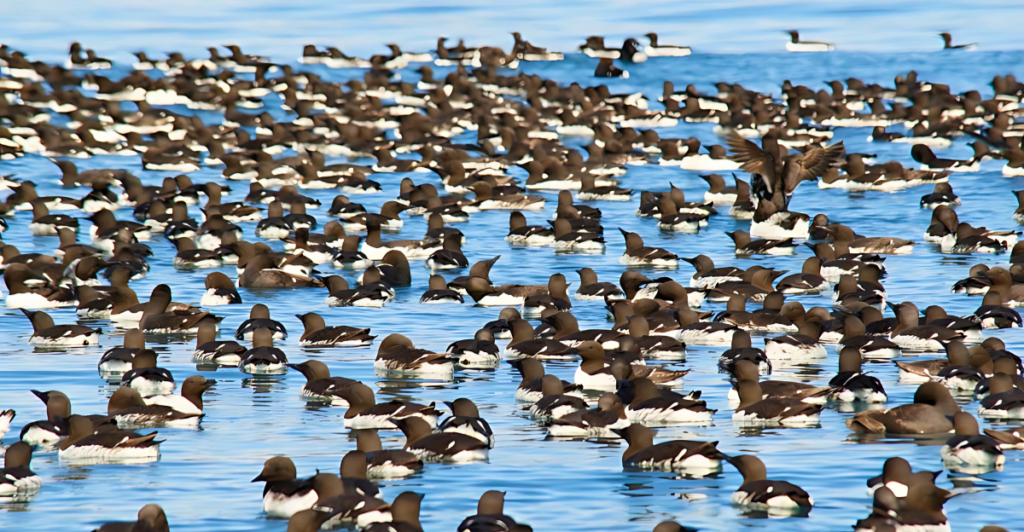
Once numbering in the billions, the passenger pigeon symbolized abundance in North America. These birds formed massive flocks, darkening skies as they traveled. However, by the late 19th century, they had vanished from the wild. This shocking extinction marked one of the worst die-offs in modern history, raising awareness of humanity’s impact on wildlife. The passenger pigeon’s story serves as a cautionary tale about conservation and biodiversity.
A Sky Darkened by Flocks
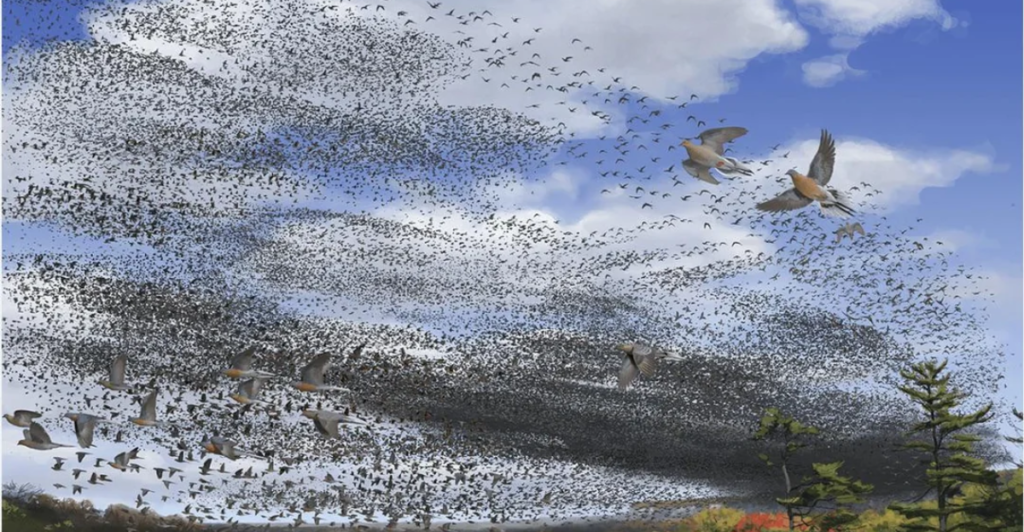
Passenger pigeons were known for their extraordinary numbers, with flocks stretching for miles. In 1813, naturalist John James Audubon described a large flock that took three days to pass overhead. These birds relied on large groups for survival, which made their sudden disappearance even more astonishing. Their vast populations once seemed inexhaustible, making their extinction a shocking reminder of nature’s fragility in the face of human exploitation.
Why Were Passenger Pigeons So Numerous?
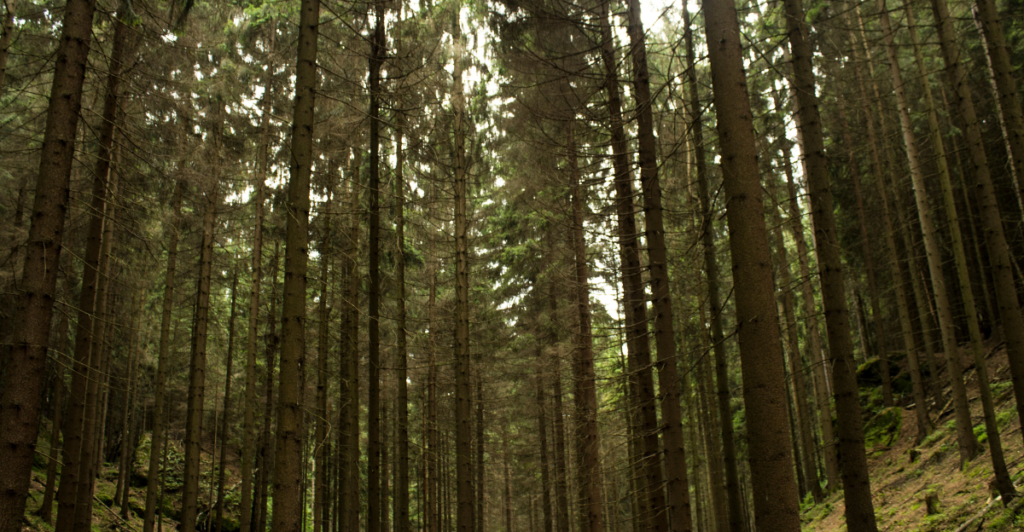
Passenger pigeons thrived due to their adaptability and access to abundant resources like acorns, chestnuts, and berries. They nested in large colonies, sometimes covering hundreds of square miles. Their numbers provided safety from predators, ensuring their survival for centuries. However, this abundance made them a target for hunters and settlers, who could scarcely imagine a world without these seemingly endless flocks.
The Hunting Frenzy Begins
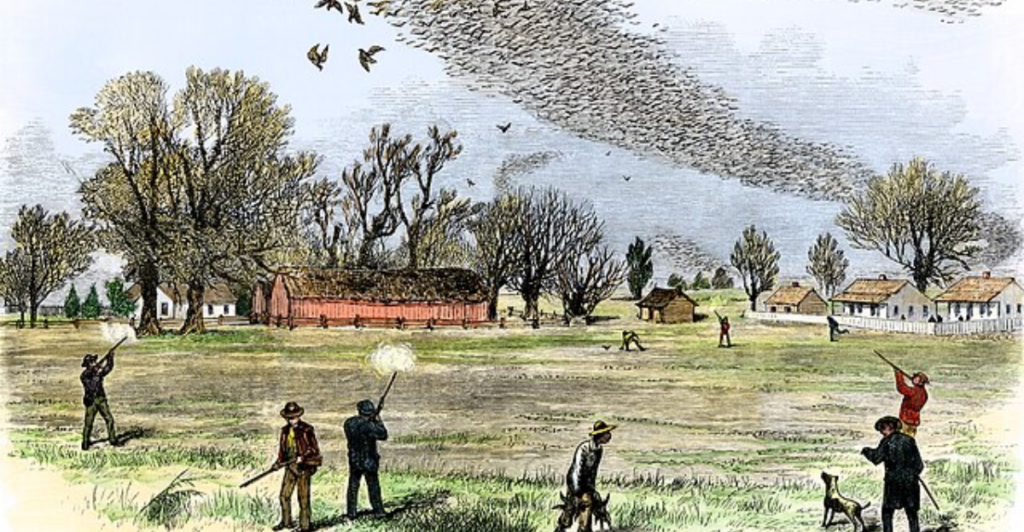
In the 19th century, passenger pigeons became a primary source of meat for settlers and urban markets. Advances in firearms and transportation allowed for large-scale hunting and shipment of the birds. Netting, shooting, and trapping methods decimated their populations rapidly. As the demand for pigeon meat grew, their once-unimaginable numbers began to dwindle, leading to the collapse of entire colonies.
Habitat Destruction Compounds the Crisis
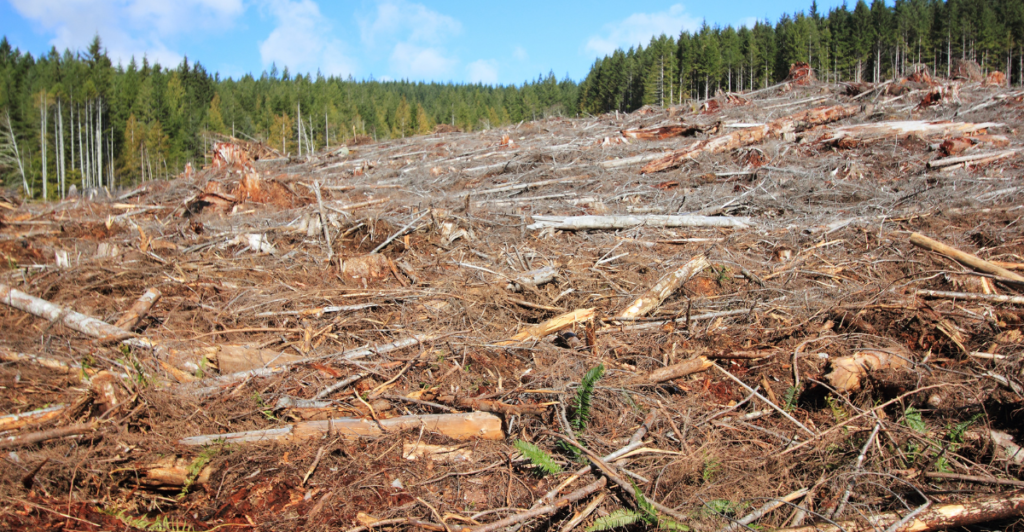
While hunting played a significant role, habitat loss also contributed to the passenger pigeon’s extinction. Deforestation destroyed their nesting and feeding grounds, making the species unable to recover. The clearing of forests for agriculture and urban development disrupted their natural cycles, leaving the pigeons vulnerable. This combination of habitat destruction and overhunting created a perfect storm, pushing the species toward extinction.
The Final Flock’s Disappearance
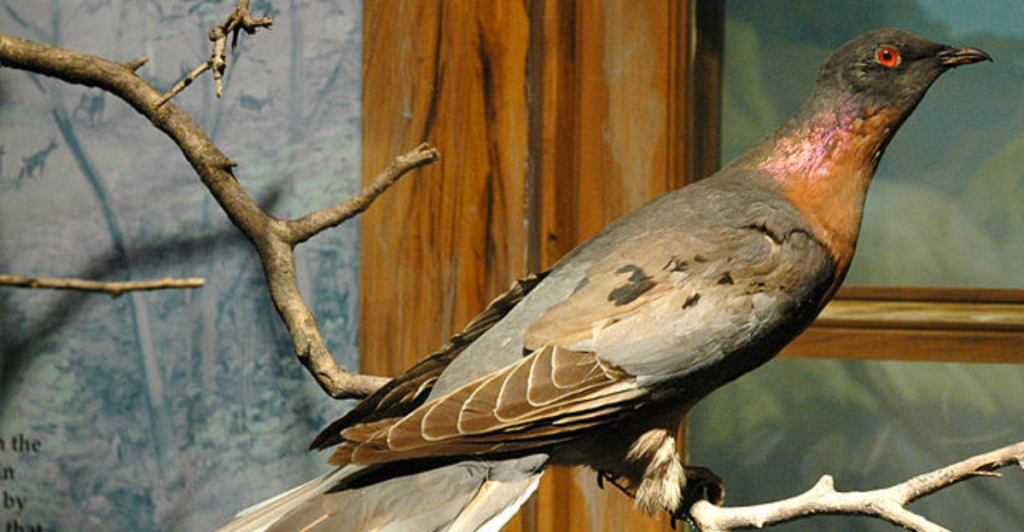
By the late 1800s, passenger pigeons were no longer seen in the wild. The last confirmed wild bird was shot in 1901, marking the end of an era. Small captive populations persisted for a time, but without their natural social structures, they failed to breed successfully. The passenger pigeon’s extinction became a sobering lesson about the consequences of unchecked exploitation.
The Last Passenger Pigeon, Martha
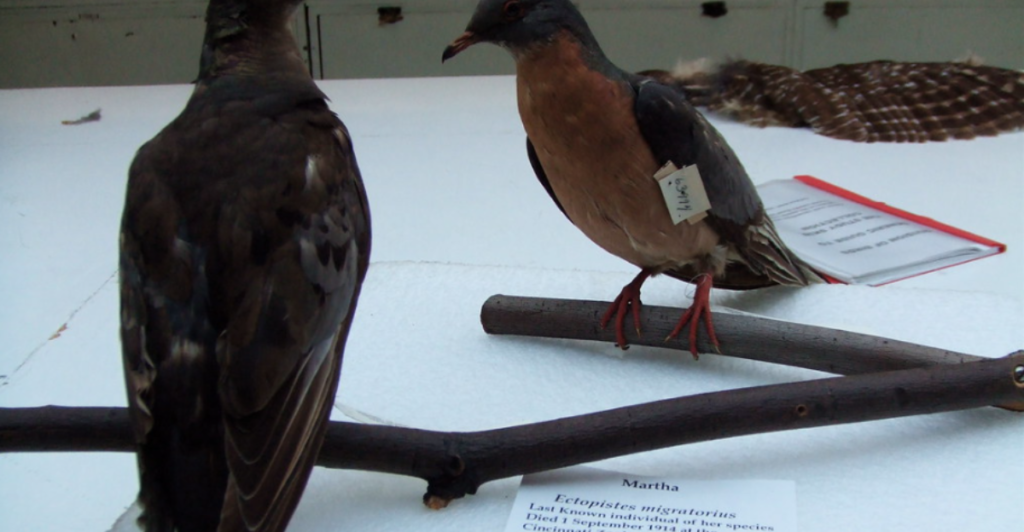
Martha, the last known passenger pigeon, lived her final days at the Cincinnati Zoo. She died on September 1, 1914, marking the extinction of her species. Her preserved body is now displayed at the Smithsonian Institution, serving as a poignant reminder of the fragility of wildlife. Martha’s story inspires efforts to protect endangered species and prevent similar tragedies.
Could Passenger Pigeons Have Been Saved?
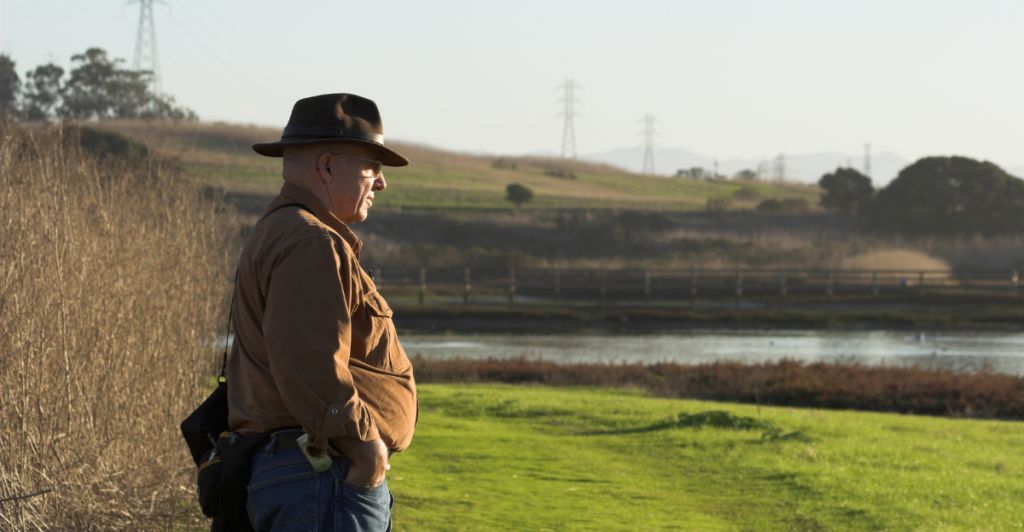
Efforts to save the passenger pigeon came too late. When conservationists recognized the urgency, the population was already critically low. The lack of legal protections and public awareness in the 19th century hindered attempts to halt their decline. Today, conservationists look to the passenger pigeon’s story as a lesson in early intervention and the importance of preserving species before they reach the brink of extinction.
The Role of Human Impact
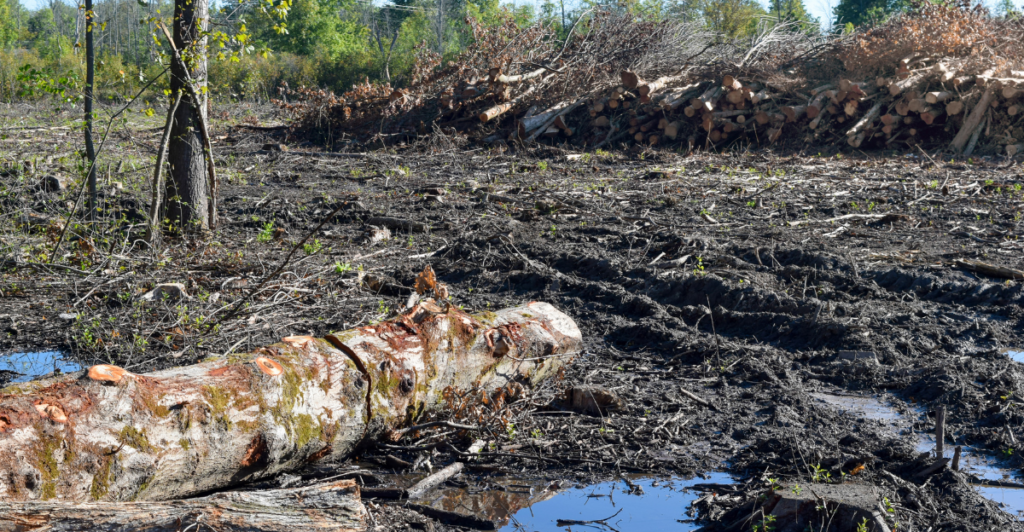
The passenger pigeon’s extinction highlighted the profound impact humans can have on the environment. Overhunting, habitat destruction, and technological advancements all contributed to their downfall. This event sparked debates about sustainability and humanity’s responsibility to protect wildlife. It also marked the beginning of modern conservation movements, emphasizing the need to balance human development and ecological preservation.
De-Extinction: Science Fiction or Reality?

Scientists today are exploring the possibility of bringing passenger pigeons back through de-extinction technologies. Researchers use genetic material from preserved specimens to recreate the species. While this idea sparks hope, it also raises ethical and ecological questions. Could a reintroduced passenger pigeon population thrive in a changed world? The debate continues, highlighting both the promise and challenges of using science to reverse extinction.
Lessons for Modern Conservation
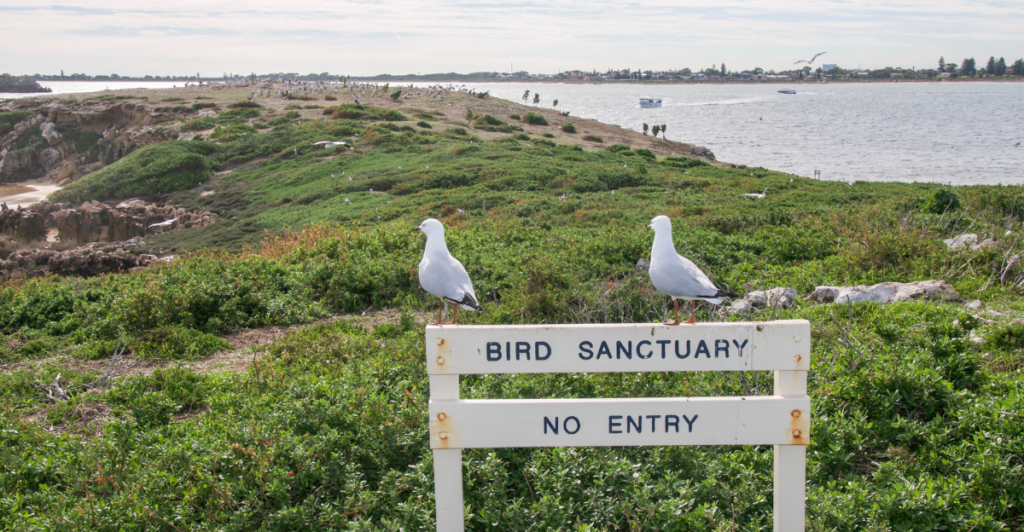
The passenger pigeon’s story underscores the importance of proactive conservation. Protecting habitats, enforcing wildlife laws, and raising public awareness are critical to preventing future extinctions. Species like the American bison and California condor have been saved through dedicated efforts, proving that reverse declines can be reversed. The lessons learned from the passenger pigeon inspire ongoing work to preserve biodiversity and protect our planet’s natural heritage.
Other Species on the Brink
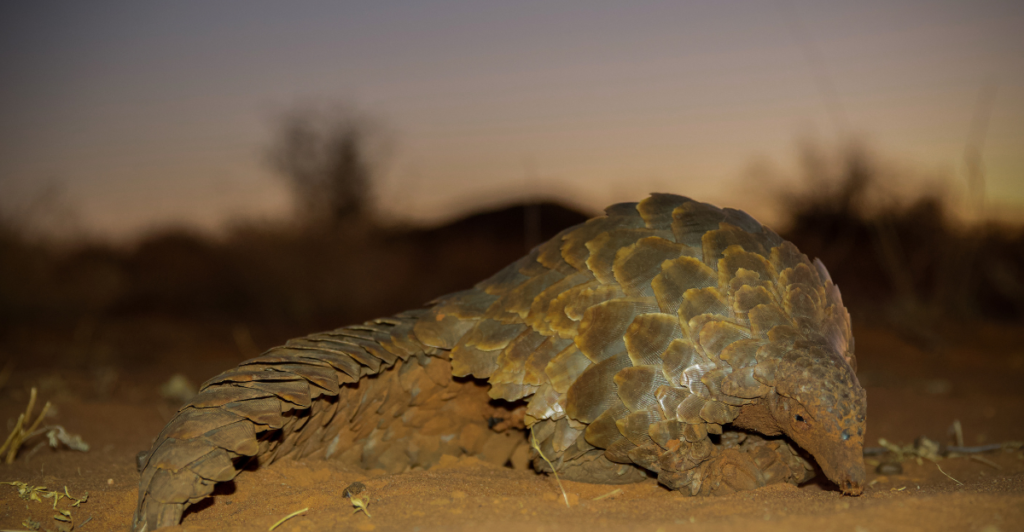
Today, many species face threats similar to those that doomed the passenger pigeon. Habitat loss, climate change, and poaching endanger pangolin, vaquita, and orangutan. Conservationists are working tirelessly to protect these vulnerable species, but challenges remain. The passenger pigeon’s story serves as a rallying cry to address these issues before it’s too late. Our actions today can shape the future of countless species.
A Legacy That Endures
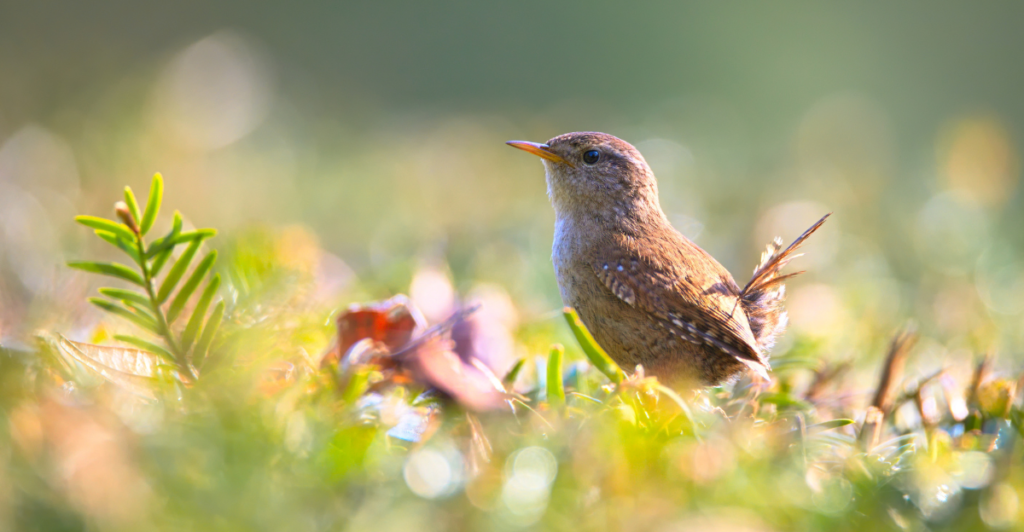
The passenger pigeon’s tragic extinction continues to resonate as a powerful symbol of human impact on nature. Their story has inspired countless conservation efforts, fostering a deeper understanding of the interconnectedness of life on Earth. By remembering their fate, we are reminded of our responsibility to protect the natural world for future generations. The passenger pigeon’s legacy lives on as a call to action for a sustainable future.
Discover more of our trending stories and follow us to keep them appearing in your feed

The War on Cows Is Over—And Green Extremists Have Lost
Climate Change Overestimated? New Data Shows Oceans Are Cooling The Planet Faster Than Predicted
New York Declares War On Fossil Fuels With $75 Billion In New Climate Fines
After 800 Years of Silence, This American Volcano Shows Signs of Activity
This article first appeared here
Stay connected with us for more stories like this! Follow us to get the latest updates or hit the Follow button at the top of this article, and let us know what you think by leaving your feedback below. We’d love to hear from you!







